21.00 zł Pierwotna cena wynosiła: 21.00 zł.7.35 złAktualna cena wynosi: 7.35 zł.
Zamówienie wyślemy do 00 00 00
| Autor | |
|---|---|
| ISBN | |
| Rok wydania | |
| Liczba stron | |
| Format | |
| Cena katalogowa |
Table of contents:
INTRODUCTION
Chapter 1. THE CONCEPT OF AFFIRMATION
1.0 Introductory
1.1 Aims and central notions
1.2 The term affirmation in linguistics and philosophy
1.3 Affirmation as a polysemous term
1.4 The scope of affirmation
1.5 Affirmation as a category of relative markedness
1.6 Affirmation expressed by negation
Chapter 2. Background AssumPtions
2.0 Introductory
2.1 Cognitive linguistic models
2.2 Constructional approaches to language
2.3 Grammar as an exaptation of spatial cognition
2.4 The DISTANCE model
2.5 Slavic languages
Chapter 3. FICTIVE QUANTIFIERS AND CONJUNCTIONS AS MARKERS OF PREDICATE AFFIRMATION
3.0 Introductory
3.1 General considerations
3.2 The universal quantifier
3.3 Fictive quantification
3.4 Fictive uses of the universal quantifier
3.5 ALL as an affirmative marker in English
3.6 Existential quantifier
3.7 Marking affirmation by means of conjunction
3.8 Affirmative quantifiers and conjunctions in negative sentences
3.9 Concluding remarks
Chapter 4. AFFIRMATION AS A TYPE OF MODALITY
4.0 Introductory
4.1 General considerations
4.2 Grammatical vs. lexical realizations of modality
4.3 The scalar nature of affirmation modality: from deontic to affirmation modality
4.4 Affirmation modality and the DISTANCE model
4.5 From evidential to affirmation modality: evidence from Balkan Slavic
4.6 Strong affirmation modality in Serbian
4.6.1 Confirming, admitting and stressing that something is true or correct
4.6.2 Confirming that something is true, but with reservations
4.6.3 Confirming that something is true despite counterarguments
4.6.4 Explicit opposition to negation
4.6.5 Complex sentences including cleft and pseudo-cleft clauses
4.6.6 The highest degree
4.6.7 The co-occurrence of existential quantifiers
4.6.8 The co-occurrence of the universal quantifier
4.6.9 The co-occurrence of the conjunction i ‘and’
4.7 Strong affirmation modality in English
4.8 Weak affirmation modality
4.9 Concluding remarks
Chapter 5. AFFIRMATIVE FUNCTIONS OF THE INSTRUMENTAL CASE
5.0 Introductory
5.1 Instrumental of COMPLETENESS
5.1.1 FULL CONTAINER
5.1.2 COVERED SURFACE
5.1.3 LONG/WIDE PATH
5.1.4 COMPLETENESS and the instrumental of time
5.2 Instrumental of COMPLETION
5.3 Instrumental of conjunction (ADDITION/INCLUSION)
5.4 Instrumental of EXISTENCE
5.5 Deconstructing affirmation
5.6 Concluding remarks
Chapter 6. CONSTRUCTIONAL REALIZATIONS OF AFFIRMATION
6.0 Introductory
6.1 The mechanism of de-lexicalization and inheritance
6.2 The verb BE as a marker of affirmation
6.3 Affirmation constructions resulting from inheritance
6.4 Affirmation expressed by means of clitic constructions
6.5 Affirmation perceived as inheritance of SIMILARITY
6.6 Concluding remarks
CONCLUSIONS
REFERENCES
Index of Names
Thematic index
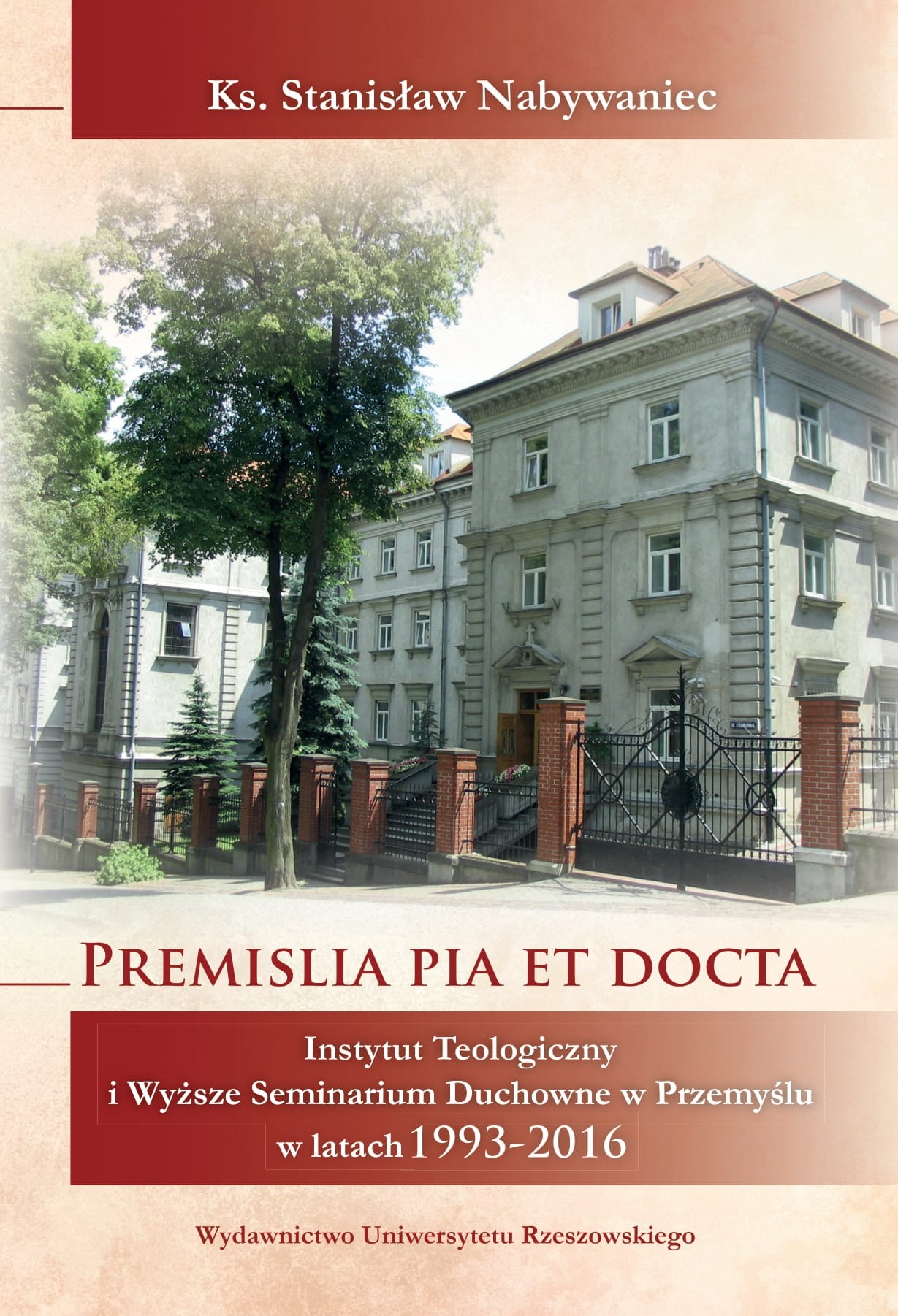


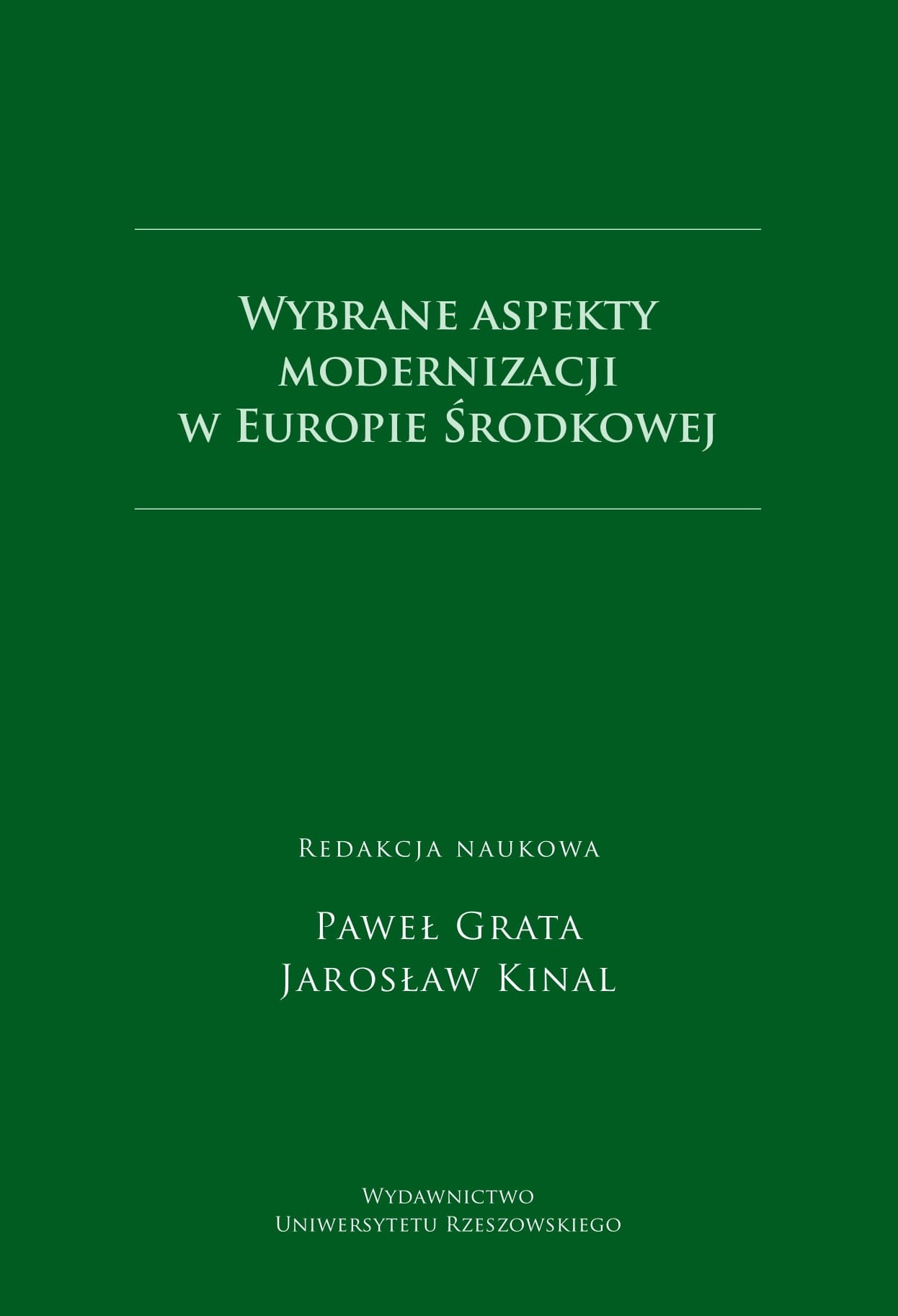
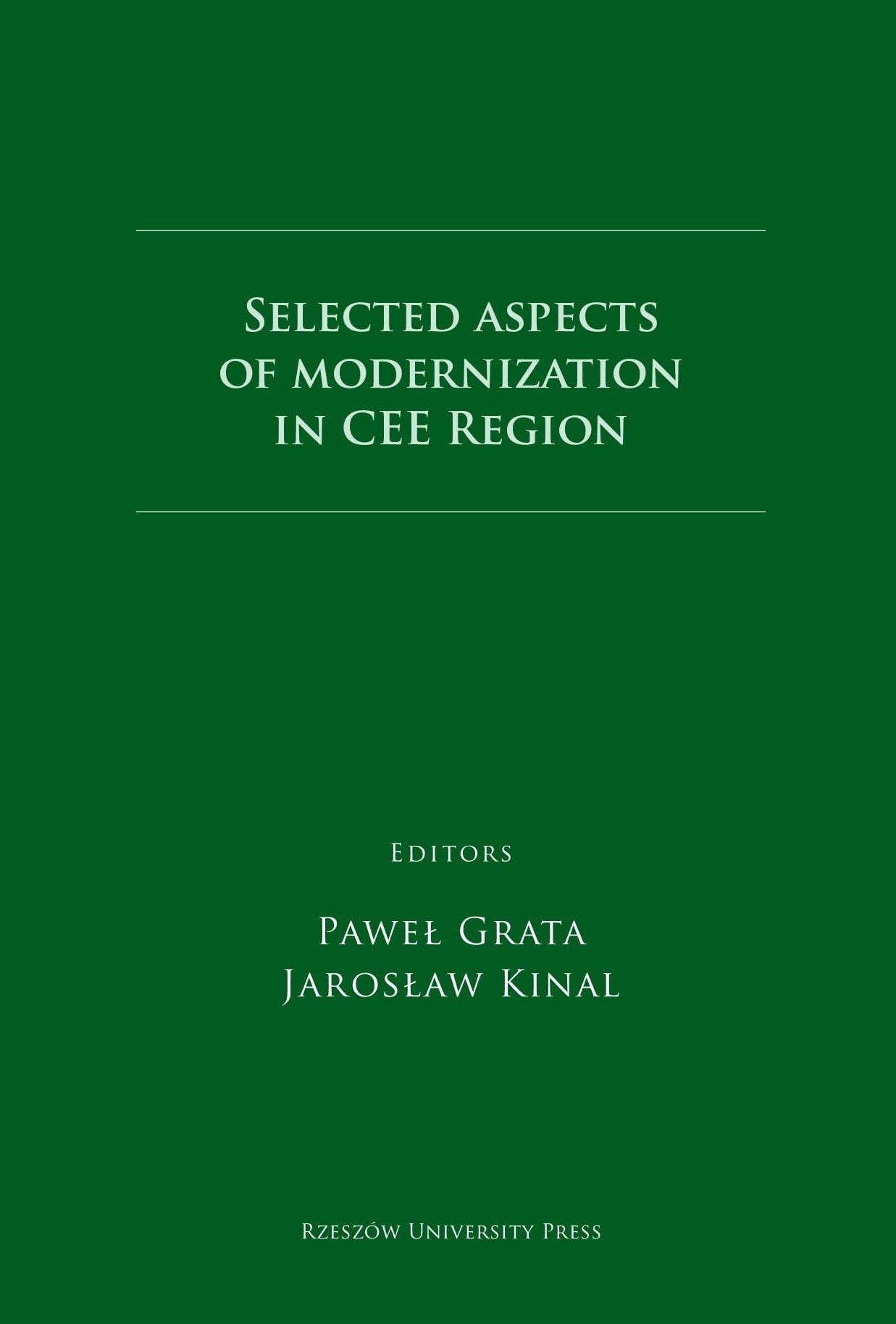
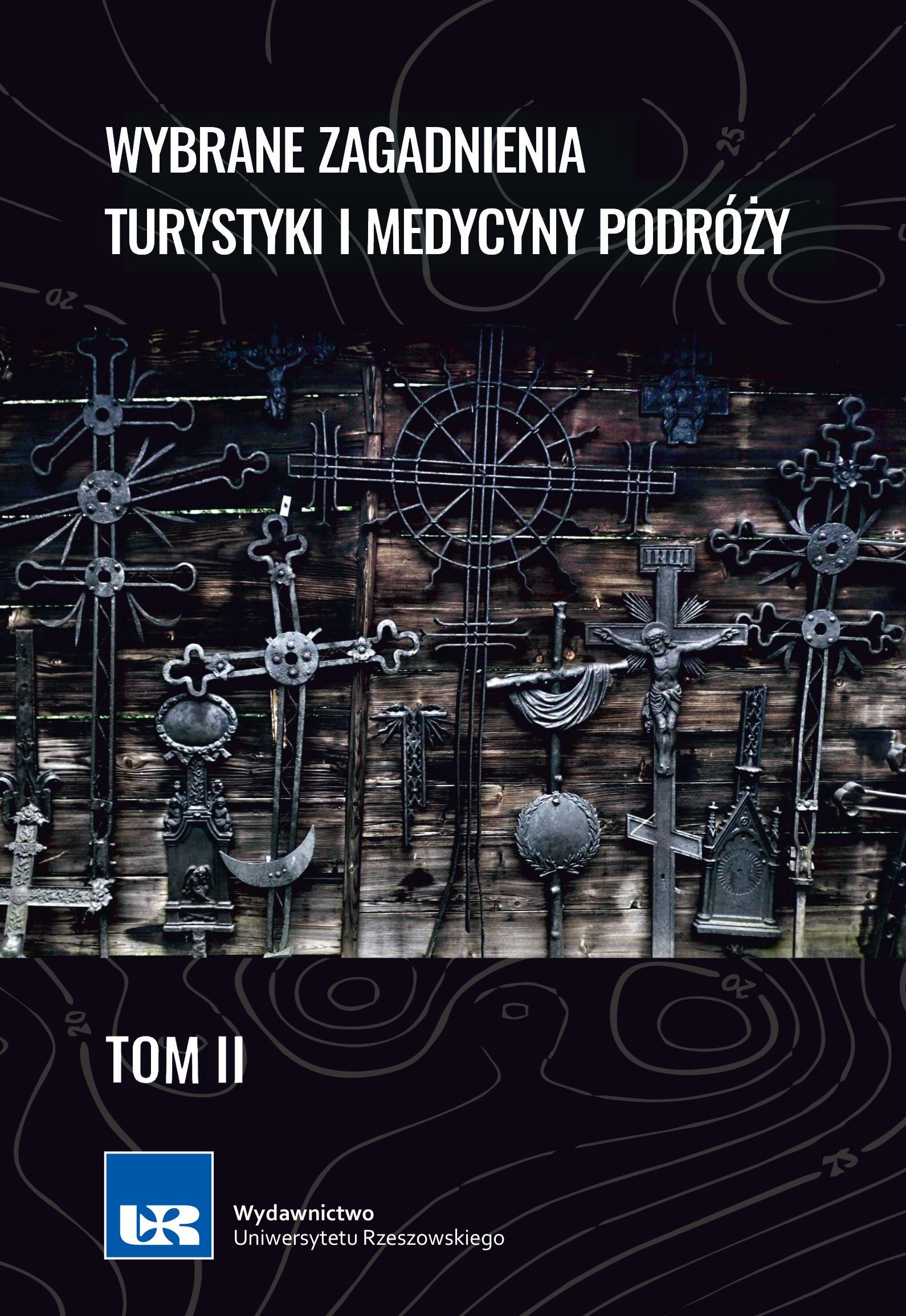
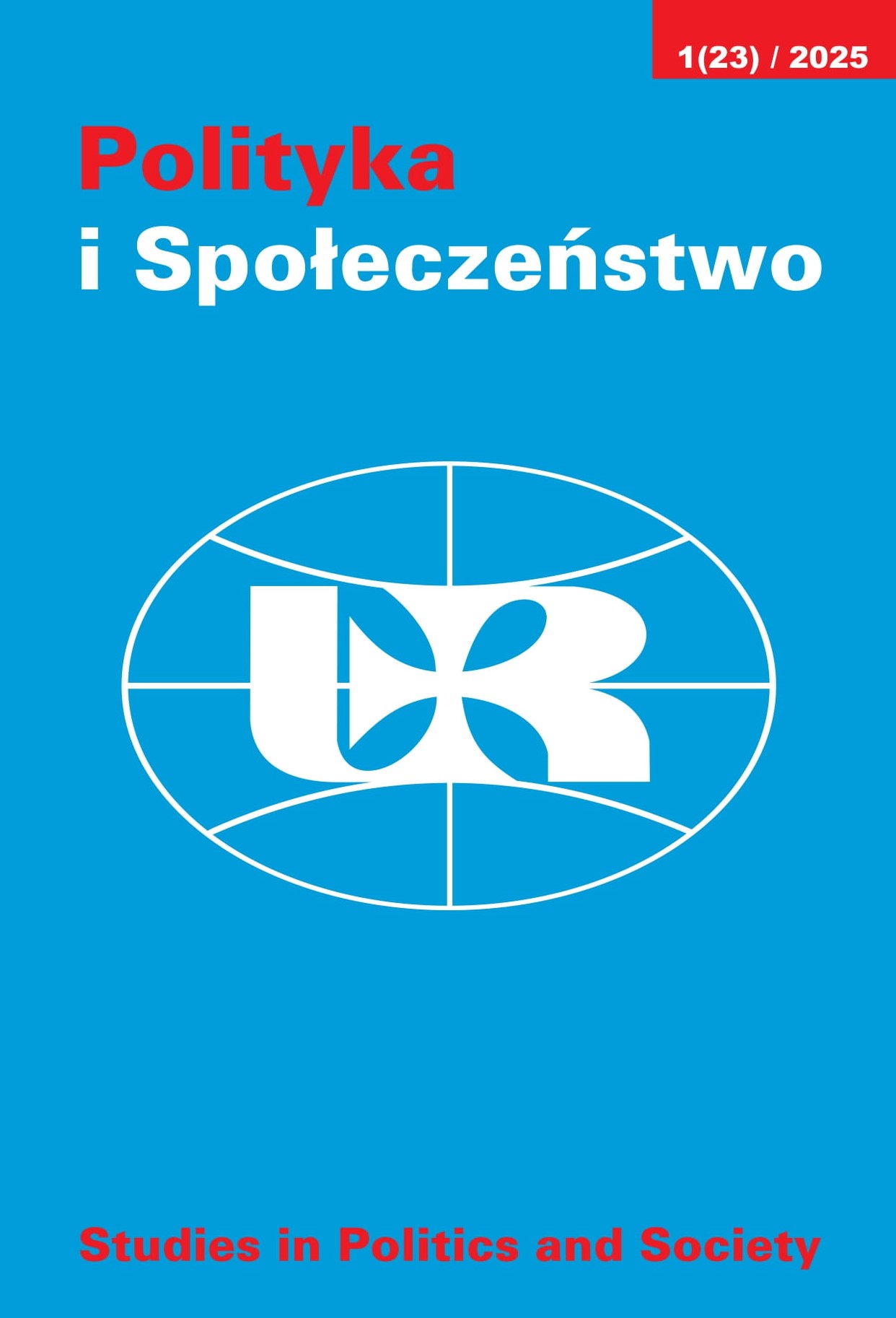
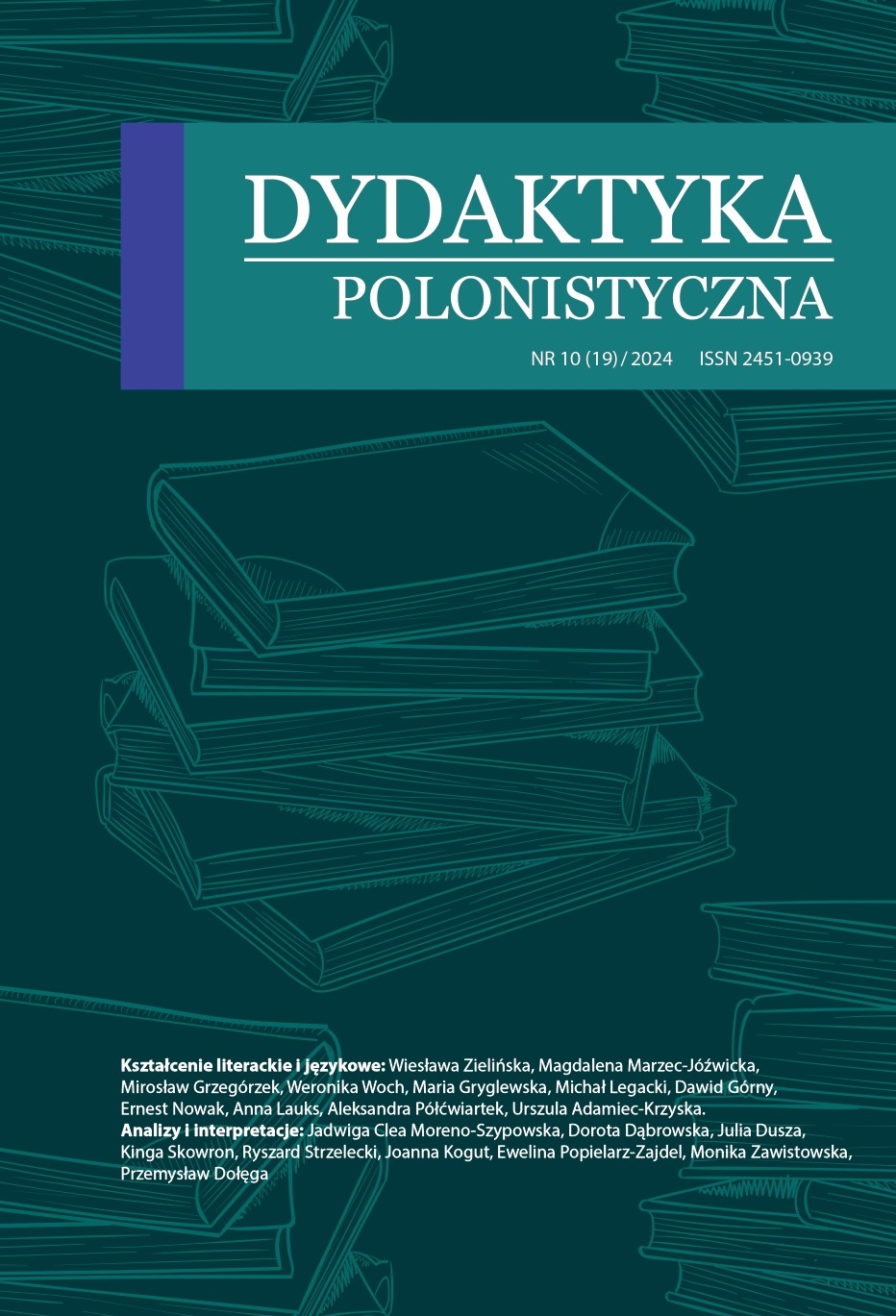
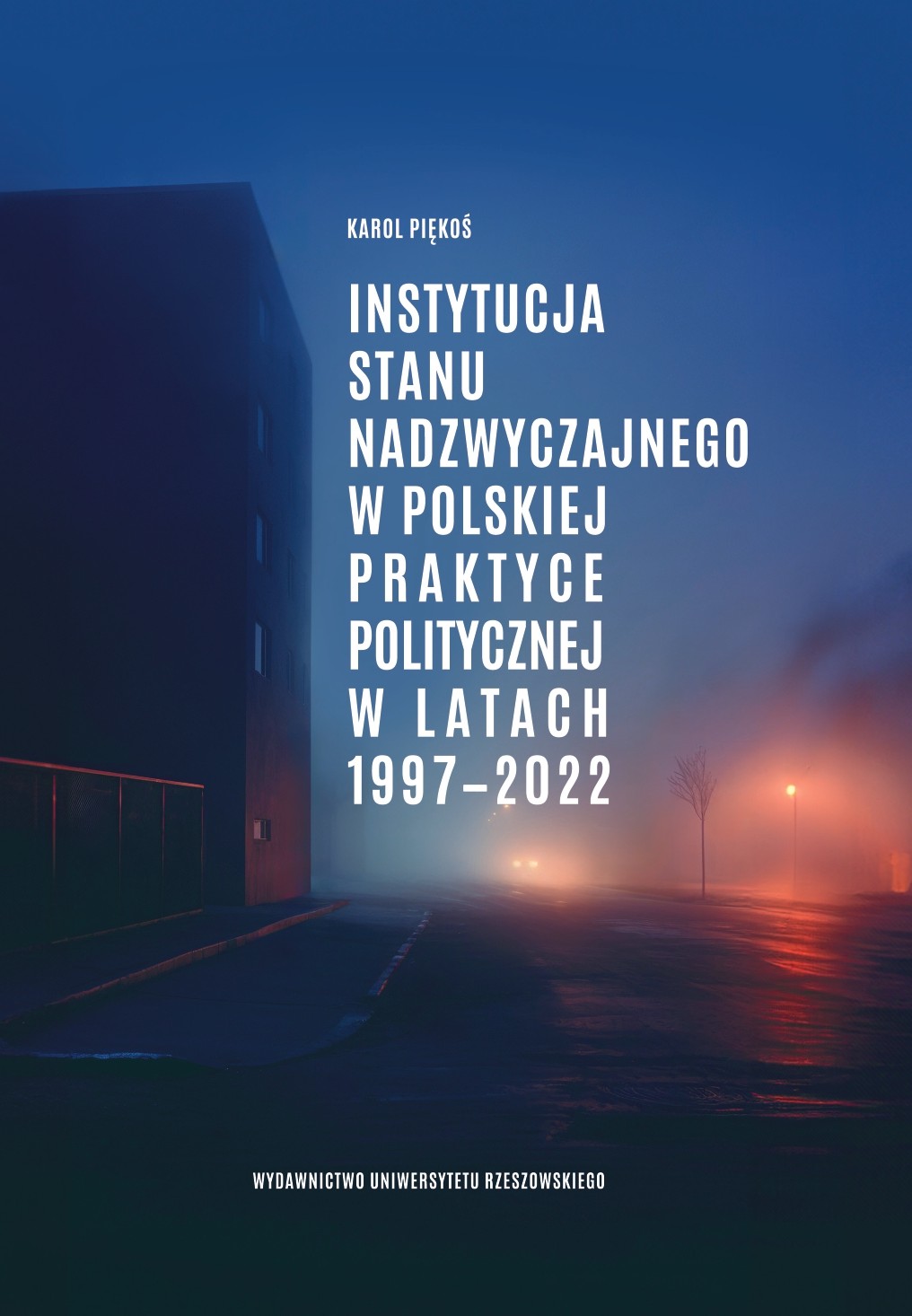
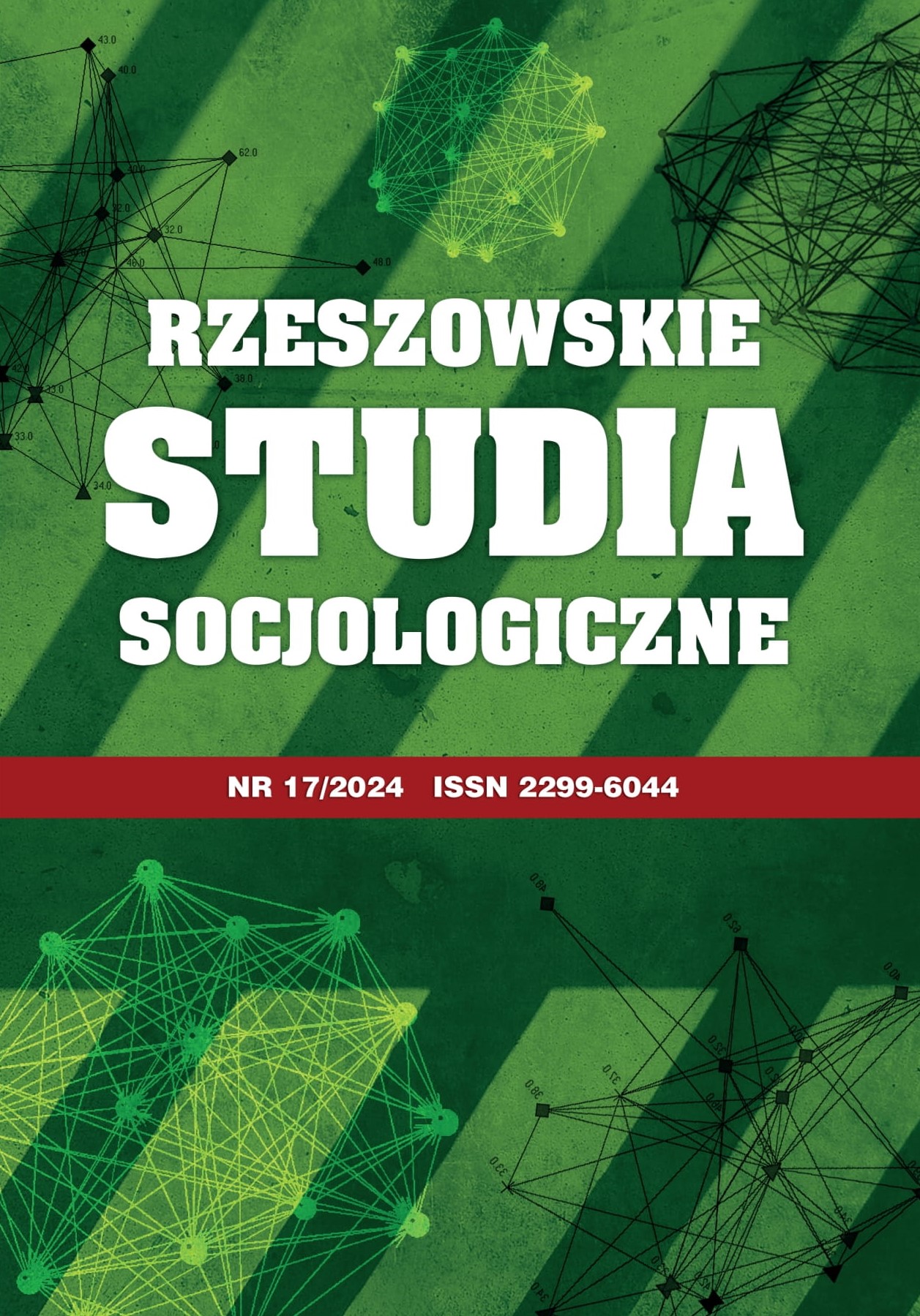

Copyright © 2025
wydawnictwo@ur.edu.pl
tel. 017 872 13 69 (Kolportaż)
tel. 017 872 14 37 (Dyrektor)
faks: 17 872 14 26
e-mail: wydawnictwo@ur.edu.pl
Adres:
ul. prof. St. Pigonia 6, 35-310 Rzeszów